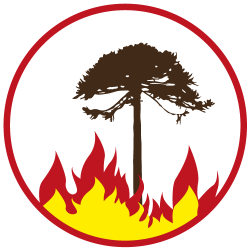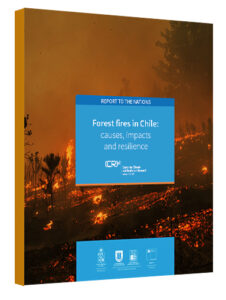CROSS-CUTTING THEME
Forest fires

Wildfire activity has increased worldwide during recent decades, partially related to extended droughts, and is expected to continue to increase as the result of climate change.
Another major driver of fire activity is variability in meteorological and climate conditions. Climate variability arises primarily from changes in atmospheric circulation in connection with planetary modes such as El Niño and the Antarctic Oscillation.
The study of fire drivers is key to understanding the relationships between different natural and social processes and their interactions. Social drivers include human-caused ignition, fire suppression policy and capacity, land use change and landscape configuration that determines flammability, and fuel load and continuity. Fire has important impacts on landscape and ecosystem structure and functioning, on hydrological and biogeochemical cycles, as well producing emissions.
The increase in fire occurrence in central and southern Chile is demonstrated by the 600.000 ha affected by forest fires during the summer of 2016-2017. These fires affected nine times the mean annual area affected by fire over the 1985-2015 period. This case study was taken as a research model where key drivers were set to their extremes (i.e. prolonged drought, extremely high temperatures and water deficits, flammable landscape dominated by plantations, fuel load and continuity).
Lead researcher

Reports to the Nations







